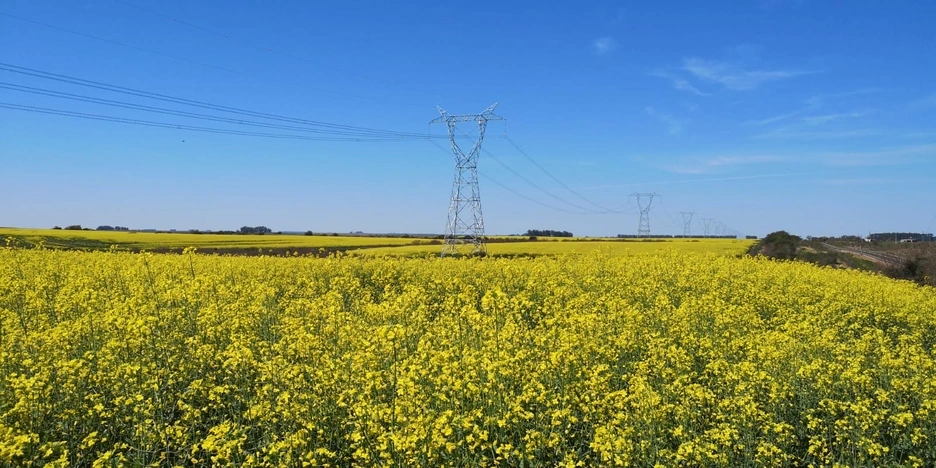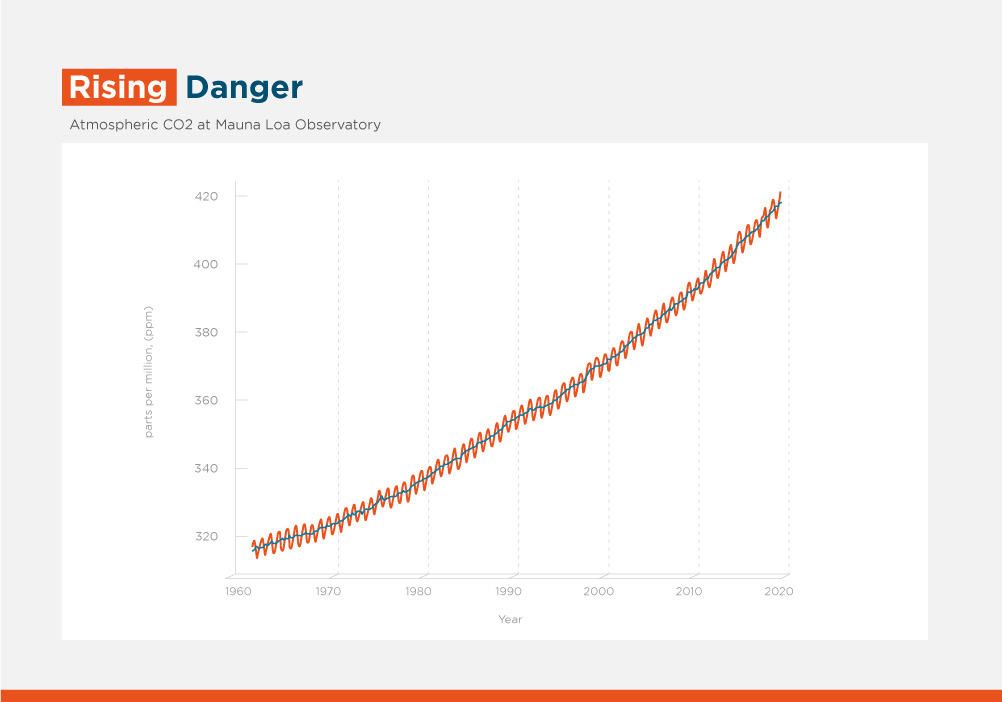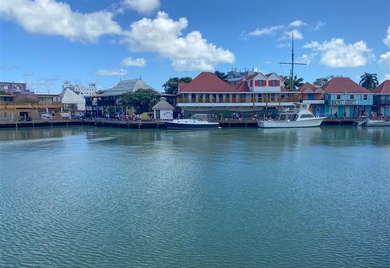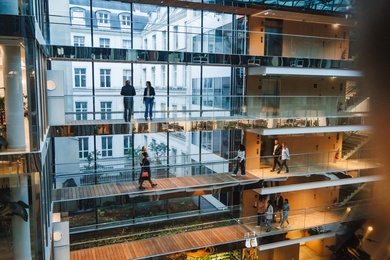Green Transmission Lines: Key Asset for the Development of Renewables in the Region

You may have heard of green hydrogen and green power generation. But you probably haven't heard about the latest idea to ensure the sustainability of the energy sector: green transmission lines.
The deployment of renewable energy, which has led to plummeting production costs in recent years, is a very promising step forward to decarbonize Latin America and the Caribbean (LAC), spreading rapidly even in small economies such as Honduras, with support from development banks. The idea is to reduce their dependence on fossil fuels, which still account for 45% of electricity generation sources in Central America and even more in some countries.
The energy transition in LAC countries, which is necessary to meet the emission reduction commitments of the Paris Agreement, implies a reduction of around 30% greenhouse gas emissions in the energy sector by 2030. Achieving this goal requires investments in both clean energy and associated infrastructure, in order to allow such energy to be efficiently transported to consumption centers and replace that generated from fossil fuels.

After all, along with generation comes transmission. This component of the power system is key and it is everywhere (think about the last time you traveled somewhere without encountering high voltage towers and poles), but little thought is given to it.
In August last year, IDB Invest granted $87 million in financing to the Fideicomiso Financiero Línea de Transmisión Verde Tacuarembó-Salto – sponsored by Uruguay’s UTE – to close the power transmission ring in the country’s north. In conjunction with this project, IDB Invest launched the world's first certification for "green" transmission lines. A green transmission line is defined as a structure for the transportation of electricity from renewable sources that increases the resilience of its associated power system and implements excellent environmental and social practices.
In this context, IDB Invest recognizes the certification of Green Transmission Lines as a very valuable tool to promote the decarbonization of the Region's electricity systems, by generating an attractive link between long-term stable assets (once the construction risk has been mitigated) and financing from local and international institutional investors who seek, in this type of assets, an extra component of environmental and social sustainability in the deal’s structuring.
The certificate is based on a methodology developed by IDB Invest with the support of experts in the field, which was validated with several of the main stakeholders in the sector (investment banks, developers, energy distributors, investors, etc.). The certificate requires that transmission lines meet certain specific technical requirements, such as: i) their voltage must be medium or high; ii) their main use must be to transport clean energy and contribute to reducing energy losses in the associated transmission system; and iii) they must provide stability to a country's transmission infrastructure.
Finally, the transmission asset must comply with IDB Invest's Environmental and Social Sustainability Policy, an indispensable requirement to guarantee international excellence and quality standards, achieving at least 5 additional international environmental and social sustainability attributes, from a list of 40 (ISO certifications, for example, are included in this list.)
The first line to receive the Green Transmission Line Certificate was the Tacuarembó-Salto transmission line in Uruguay. There are currently other assets in Colombia, Guatemala, and Uruguay that are considering applying for this certification.
At IDB Invest, we believe that this certificate will generate added sustainability value to power transmission assets and will attract foreign investment, especially from pension and institutional funds, which seek greater transparency in sustainable investments and a more substantial contribution to the region's development.
(Javier García Gómez and Juan Carlos Páez contributed to this post.)
LIKE WHAT YOU JUST READ?
Subscribe to our mailing list to stay informed on the latest IDB Invest news, blog posts, upcoming events, and to learn more about specific areas of interest.
Subscribe



